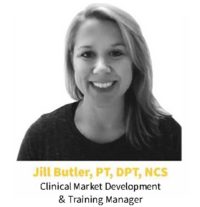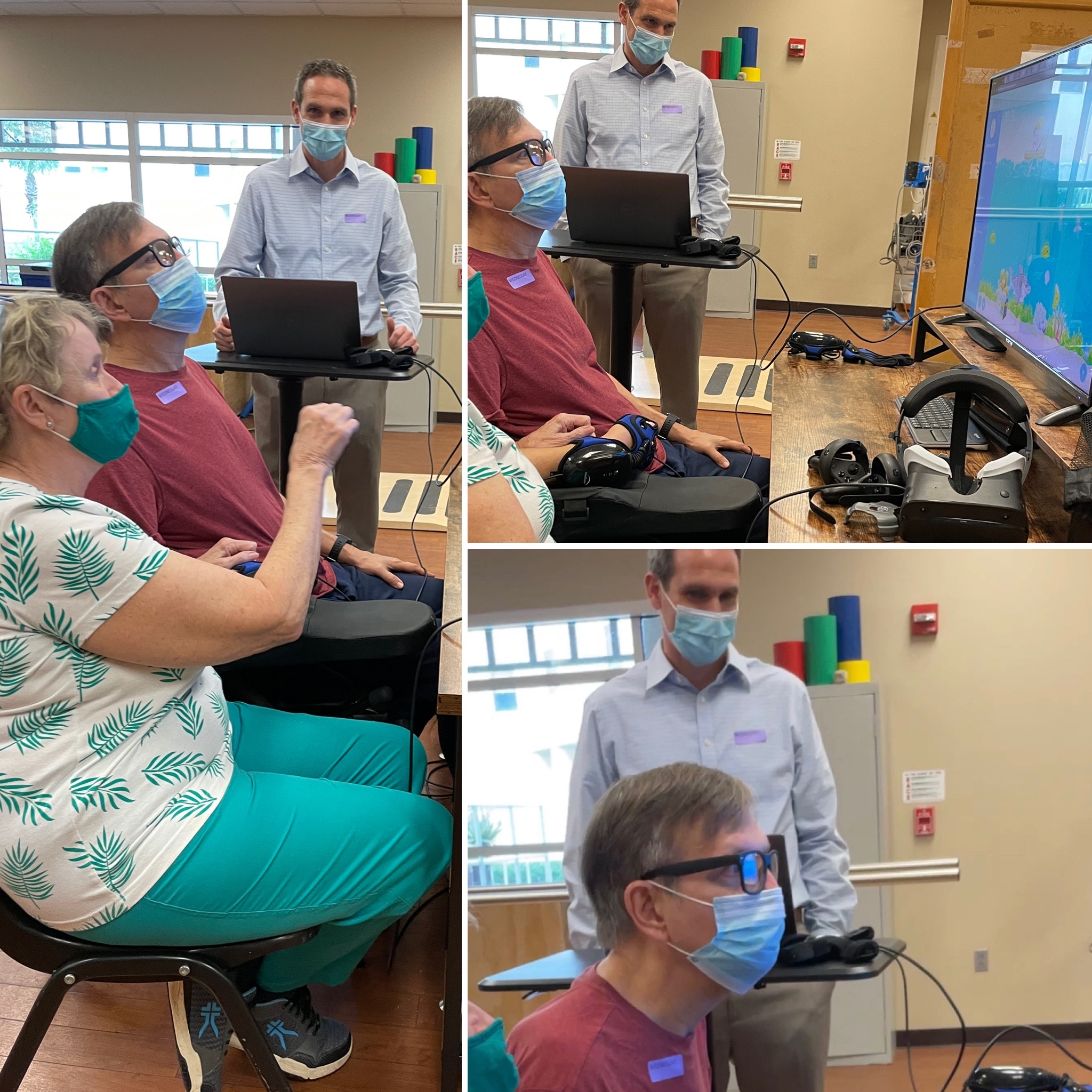News & Events

Post-stroke there are a vast array of impairments upon which a rehab specialist can focus their time and attention, but none are more important to patients and their caregivers than the return of ambulatory independence and upper extremity function.
At ReWalk Robotics it has been our mission to help patients restore lower extremity mobility after neurologic injury, and we have many references within our website to support clinicians to this end. Today however our focus is on the life-changing issue of impaired upper extremity function after stroke.
Upper Extremity Function After Stroke
In 2003, Kwakkel et al noted that, “impaired upper extremity function is one of the most frequently persisting consequences of stroke. In fact seventy percent of people with stroke will experience arm weakness, and 62% of these will not recover dexterity in the arm at 6 months post‐stroke”. Slightly later in 2011 these findings were confirmed when Pomeroy et al. reported that, “After a stroke, it is estimated that about 20% of subjects do not recover the use of the upper limb and that most of the subjects (from 65 to 85%) only ever achieve partial recovery.”
These numbers let us know that there is some room for growth in how we have been traditionally treating impaired upper extremity function after stroke – and luckily there has been an explosion both in our understanding of neuroplasticity, and of commercially available rehab technologies over the past several years to assist clinicians.
“Neuroplasticity is defined as the property of the brain to adapt to environmental pressures, experiences, and challenges including brain damage. It is a lifelong capacity of the brain to change and rewire itself in response to the stimulation of learning and experience.” (Marzouk, 2017) These principles of neuroplasticity let us know that to enhance new learning and neural repair, we need to emphasize saliency, intensity and high repetition into our treatment plans.
How ReWalk Robotics Can Help
The MediTouch family of movement biofeedback devices includes a variety of wearable motion capture devices and dedicated rehabilitation software that allows patients with movement dysfunction to undertake intensive practice of single and multi-joint movements using augmented biofeedback and gamification.
Tasks in the form of neurorehabilitation games challenge and motivate the patient to do intensive practice with movement biofeedback, leading to enhanced functional recovery; the tasks are customized to both the patient’s movement ability and the clinician’s therapy objectives.
ReWalk Robotics is now a distribution partner for this exciting line of products and we are looking forward to helping patients and clinicians incorporate them into their rehab programs utilizing our tried and true sales, training and customer service teams!
Pictured below is a gentleman post stroke at Brooks Rehabilitation’s Neuro Recovery Center in Jacksonville, FL USA utilizing the Hand Tutor to work on motor control, strength, range of motion and endurance at the finger extensors – check out that patient engagement in picture #3!

More About MediTouch for Upper Extremity Function After Stroke
If you are interested in an in-service and/or patient demo day with the MediTouch, please reach out here
Resources
Kwakkel G, Kollen BJ, van der Grond J, Prevo AJ. Probability of regaining dexterity in the flaccid upper limb: impact of severity of paresis and time since onset in acute stroke. Stroke. 2003;34(9):2181-2186. doi:10.1161/01.STR.0000087172.16305. https://pubmed.ncbi.nlm.nih.gov/12907818/
Pomeroy V, Aglioti SM, Mark VW, McFarland D, Stinear C, Wolf SL, Corbetta M, Fitzpatrick SM. Neurological principles and rehabilitation of action disorders: rehabilitation interventions. Neurorehabilitation and neural repair. 2011 Jun;25(5_suppl):33S-43S. https://www.ncbi.nlm.nih.gov/pmc/articles/PMC4139494/
Salma Marzouk, S182 Introduction to neuroplasticity and its application in neurorehabilitation, Clinical Neurophysiology, Volume 128, Issue 9, 2017, Page e237, ISSN 1388-2457, https://doi.org/10.1016/j.clinph.2017.07.192



